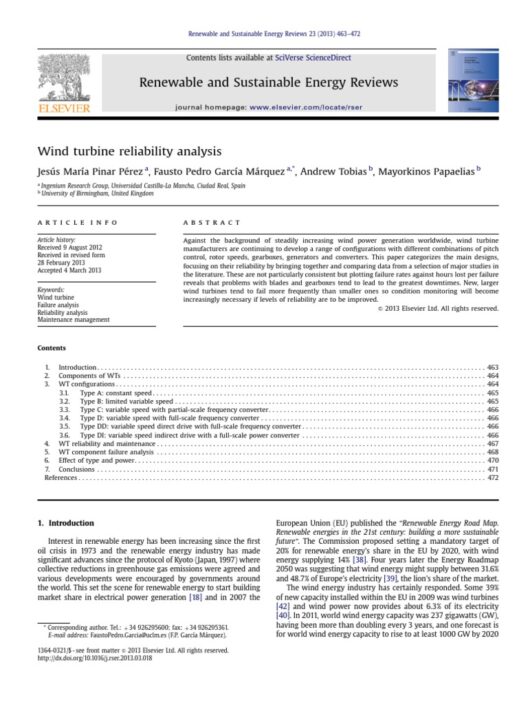In the era of climate change, rising sea levels present a significant challenge for urban centers around the globe. With projections indicating that the world’s oceans could rise by as much as three feet by the end of the century, cities are compelled to adopt innovative strategies for adaptation. Preparing for the encroaching tides is not merely a matter of survival; it is about ensuring sustainability, safeguarding infrastructure, and protecting vulnerable communities. As various cities embark on intricate planning processes, it is imperative to delve into the diverse strategies that are being employed to counter this existential threat.
Understanding the implications of rising sea levels is crucial to developing effective countermeasures. As global temperatures rise, polar ice caps and glaciers are melting at an accelerating pace, contributing to increased ocean volumes. In addition to this, thermal expansion — the phenomenon where seawater expands as it warms — further exacerbates the issue. This dual threat not only jeopardizes coastal ecosystems but also endangers human settlements located in low-lying areas. The consequences can be dire, ranging from increased flooding and loss of property to salinization of freshwater supplies. Hence, a multi-faceted approach is essential for cities to mitigate these risks.
Developing Resilient Infrastructure: Innovations at the Core
One of the foremost strategies employed by cities grappling with the implications of rising seas is the enhancement of infrastructure resilience. Resilient infrastructure encompasses various aspects, including seawalls, levees, and flood barriers designed to withstand extreme weather events. For instance, the city of New Orleans has made substantial investments in reinforcing its levee system following the devastation of Hurricane Katrina. Additionally, cities like Miami are exploring the implementation of “living shorelines” — natural systems that absorb wave energy and reduce erosion, while simultaneously providing habitats for marine life.
Moreover, retrofitting existing structures to withstand flooding is becoming increasingly common. Elevating buildings, retrofitting stormwater drainage systems, and incorporating permeable surfaces in urban planning are innovative methods being employed. Smart urban design, which includes green roofs and urban wetlands, not only manages stormwater but also enhances biodiversity. The integration of technology into infrastructure, such as sensors and predictive analytics, enables cities to anticipate and respond to flooding events more effectively.
Policy and Governance: Crafting Sustainable Frameworks
Effective adaptation to rising sea levels requires robust policy frameworks and governance structures. Cities must devise comprehensive climate action plans that not only address immediate concerns but also consider long-term sustainability. Collaborations between local governments, community organizations, and stakeholders are instrumental in creating adaptive strategies that reflect community needs and aspirations.
In the Netherlands, the “Room for the River” program exemplifies a holistic approach to flood management. This initiative involves redesigning river systems and creating designated floodplains to absorb excess water, thereby reducing risk for populated areas. Legislation mandating climate adaptation in urban development is essential for ensuring that all new construction considers future sea level projections as a fundamental criterion. It is imperative that policymakers invest in research and development of new technologies, while simultaneously expanding the green economy, which can provide jobs and stimulate resilience.
Community Engagement: Empowering Citizens in the Adaptation Process
At the heart of successful adaptation strategies lies community engagement and public awareness. Citizens must be informed, educated, and involved in the processes that affect their lives and livelihoods. Hosting community workshops, town hall meetings, and educational campaigns equips residents with the knowledge needed to understand the risks posed by rising sea levels. Furthermore, local governments can enlist community members in decision-making processes, ensuring that adaptation strategies are inclusive and equitable.
Proactive community strategies include the establishment of neighborhood networks that facilitate information sharing and response planning during extreme weather events. Coastal cities, such as San Francisco, have embraced the concept of “climate ambassadors,” individuals tasked with spreading awareness and promoting sustainable practices among residents. By fostering a culture of preparedness and resilience, communities can collectively work towards mitigating the impacts of rising waters.
Exploring Nature-based Solutions: A Sustainable Alternative
Nature-based solutions (NbS) are gaining momentum as an effective way to address the challenges posed by rising sea levels. Unlike traditional gray infrastructure, NbS leverage existing ecosystems to provide protective benefits. For instance, restoring mangroves and salt marshes can significantly reduce wave energy and flooding. These natural barriers not only safeguard against storm surges but also enhance biodiversity and improve water quality.
Moreover, urban forests play a vital role in mitigating runoff and lowering temperatures in areas prone to the urban heat island effect. Cities like Singapore have successfully integrated NbS into their urban planning framework, illustrating the potential of green infrastructure in fostering resilience. These ecological strategies must be prioritized in tandem with technological innovations to ensure that urban areas can thrive in the face of a changing climate.
Conclusion: Toward a Sustainable Urban Future
As coastal cities confront the looming threat of rising sea levels, a spectrum of adaptive strategies is essential for sustaining urban life. By prioritizing resilient infrastructure, enacting thoughtful governance, engaging communities, and fostering nature-based solutions, municipalities can pave the way for a sustainable urban future. While the challenges are significant, proactive measures and collaborative efforts can cushion the impacts of rising oceans. It is incumbent upon city leaders, policymakers, and residents to work in concert, ensuring that we not only survive but thrive in the face of changing tides.







